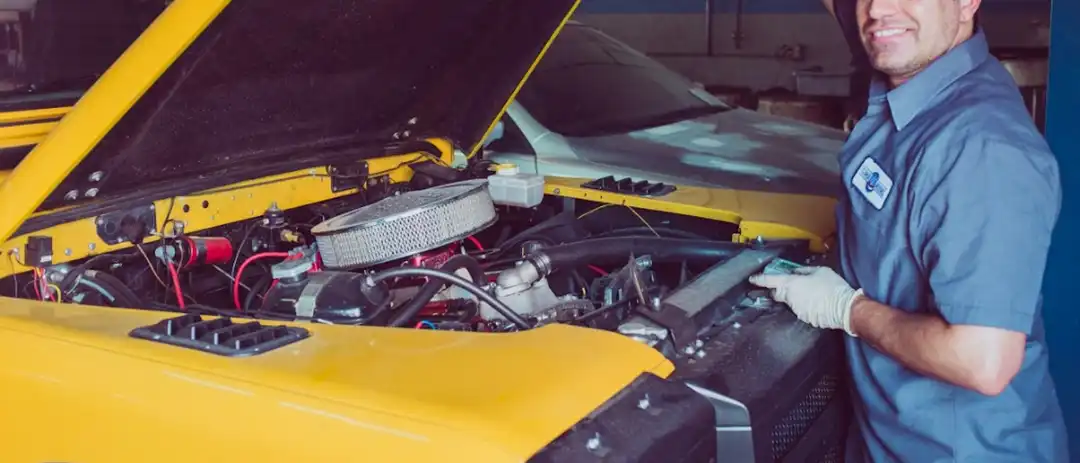- Arabic
- French
- Russian
- Spanish
- Portuguese
- Turkish
- Armenian
- English
- Albanian
- Amharic
- Azerbaijani
- Basque
- Belarusian
- Bengali
- Bosnian
- Bulgarian
- Catalan
- Cebuano
- Corsican
- Croatian
- Czech
- Danish
- Dutch
- Afrikaans
- Esperanto
- Estonian
- Finnish
- Frisian
- Galician
- Georgian
- German
- Greek
- Gujarati
- Haitian Creole
- hausa
- hawaiian
- Hebrew
- Hindi
- Miao
- Hungarian
- Icelandic
- igbo
- Indonesian
- irish
- Italian
- Japanese
- Javanese
- Kannada
- kazakh
- Khmer
- Rwandese
- Korean
- Kurdish
- Kyrgyz
- Lao
- Latin
- Latvian
- Lithuanian
- Luxembourgish
- Macedonian
- Malgashi
- Malay
- Malayalam
- Maltese
- Maori
- Marathi
- Mongolian
- Myanmar
- Nepali
- Norwegian
- Norwegian
- Occitan
- Pashto
- Persian
- Polish
- Punjabi
- Romanian
- Samoan
- Scottish Gaelic
- Serbian
- Sesotho
- Shona
- Sindhi
- Sinhala
- Slovak
- Slovenian
- Somali
- Sundanese
- Swahili
- Swedish
- Tagalog
- Tajik
- Tamil
- Tatar
- Telugu
- Thai
- Turkmen
- Ukrainian
- Urdu
- Uighur
- Uzbek
- Vietnamese
- Welsh
- Bantu
- Yiddish
- Yoruba
- Zulu
Nov . 29, 2024 14:50 Back to list
Understanding 6PK Belt Sizes for Optimal Fit and Performance in Your Vehicle
Understanding 6PK Belt Sizes A Comprehensive Guide
When it comes to machinery maintenance and repairs, one component that often requires attention is the drive belt. Specifically, the 6PK belt size is a common topic in many industrial and automotive applications. Understanding what 6PK means, how to measure it, and when to replace it can save time, improve efficiency, and keep machinery running smoothly.
What is a 6PK Belt?
The designation 6PK refers to a type of V-belt that is widely used in various applications, particularly in automotive engines, industrial machinery, and HVAC systems. The 6 indicates the number of ribs on the belt, while P signifies that the belt is part of the PK series, which is characterized by its metric dimensions. The ribs help in providing better grip and reduce slippage, allowing for optimum power transfer.
This ribbed design is crucial because it helps the belt to engage more efficiently with the pulleys. The more contact points the belt has with the pulley, the more effective it can drive the attached components. For example, in a car, the 6PK belt may be responsible for driving the alternator, water pump, and air conditioning compressor simultaneously.
Measuring 6PK Belt Sizes
To properly select or replace a 6PK belt, precise measurements are vital. The main dimensions to consider include the length and width of the belt. The length is usually measured in millimeters and is determined by the distance around the pulleys it needs to travel.
For example, a typical 6PK belt may be labeled as 6PK 1200, which indicates that the belt has six ribs and a total length of 1200 mm.
Steps to Measure a 6PK Belt
1. Remove the Belt For an accurate measurement, it’s important to remove the old belt from the pulleys. 2. Measure the Length Use a soft measuring tape or a string to follow the path the belt takes around the pulleys. If the old belt is not available, you may need to consult the machine's manual for the specifications. 3. Width Check Measure the width of the belt carefully, as this is also a crucial factor in ensuring a proper fit.
Common Applications of 6PK Belts
6pk belt sizes

6PK belts are versatile and can be found in various applications. In the automotive industry, they are commonly used for
- Alternator Drive The belt powers the alternator, which is responsible for charging the vehicle’s battery while it operates. - Power Steering Many modern vehicles rely on the 6PK belt to enable power steering functionality, allowing for smoother vehicle handling. - Air Conditioning Units The 6PK belt often drives the compressor, maintaining the vehicle's climate control systems.
In industrial contexts, 6PK belts are frequently employed in conveyor systems and manufacturing equipment, where they help transfer power from motors to various moving parts.
How to Know When to Replace a 6PK Belt
The longevity of a 6PK belt can depend on numerous factors, including usage, load, and environmental conditions. However, several signs can indicate it’s time for replacement
- Visible Wear Cracks, fraying, or complete rib wear may be visible on the surface. A worn belt can compromise performance, leading to potential equipment failure.
- Squealing Noises A loud squealing sound can indicate that the belt is slipping or not maintaining adequate tension. This could lead to further damage if not addressed promptly.
- Loss of Power If vehicle components supported by the belt, such as the alternator or air conditioning, fail to work efficiently, it may be time for a replacement.
Conclusion
In conclusion, understanding 6PK belt sizes is essential for anyone working in automotive maintenance or industrial operations. Proper measurement, awareness of applications, and recognizing signs of wear and tear can significantly affect the operational efficiency and longevity of various machines. Keeping spare belts on hand and routinely checking their condition can prevent unexpected breakdowns and costly repairs. Always remember, a small component like a 6PK belt can have a big impact on the overall performance of your machinery.
-
Upgrade Power Steering Pump Belt for Smooth, Quiet Operation
NewsAug.27,2025
-
Precision Timing Belt & Chain: Engine Performance & Durability
NewsAug.26,2025
-
Precision Lathe Drive Belts: Durable & Reliable Performance
NewsAug.25,2025
-
84.5 Serpentine Belt: Durable & Precision Fit for Your Engine
NewsAug.24,2025
-
Premium Ribbed Drive Belts for Quiet Power Transmission
NewsAug.23,2025
-
High-Performance Vehicle Timing Belt for Engine Precision
NewsAug.22,2025

